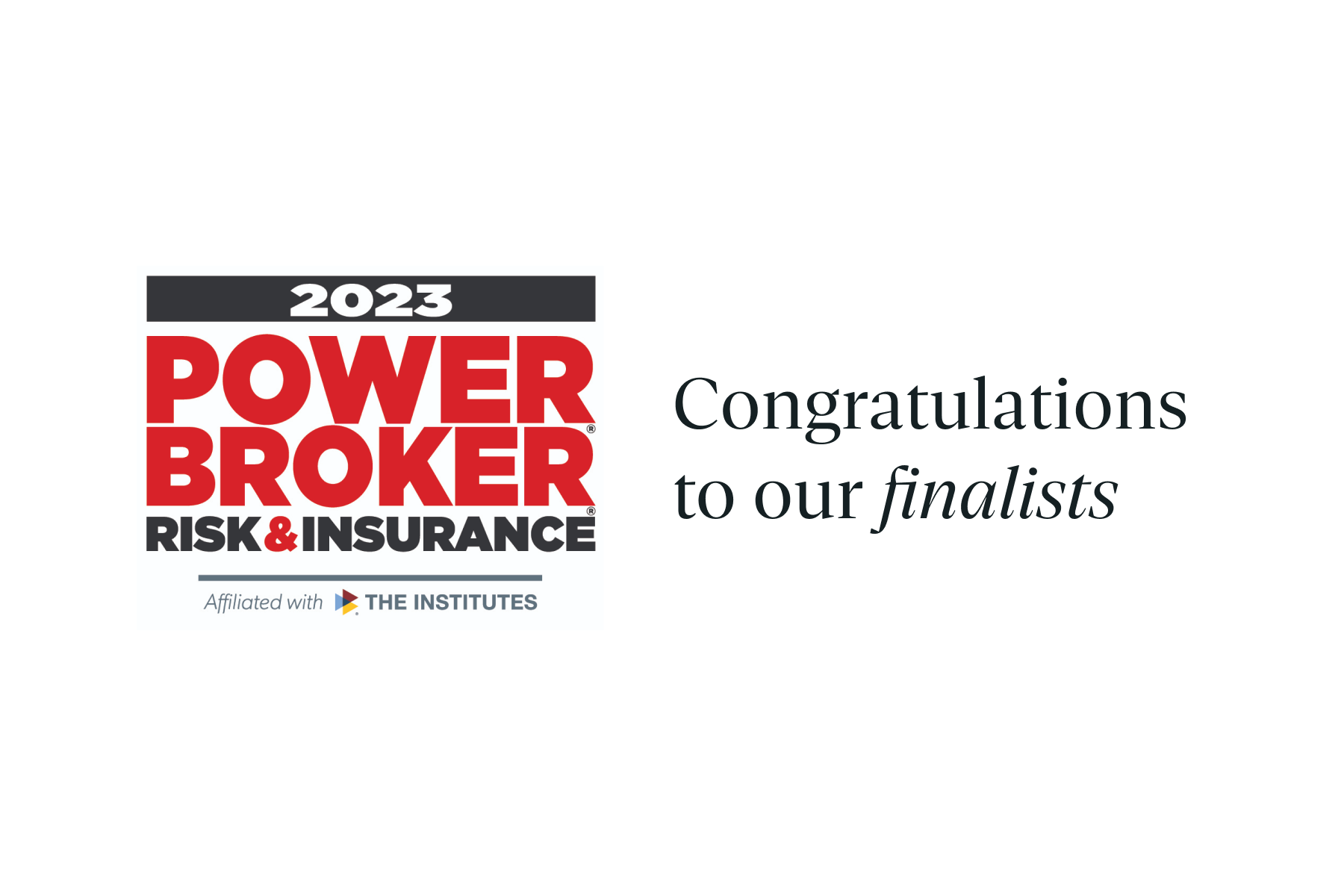California Employers: Heat Illness Prevention in Indoor Places of Employment
By Nestor Perez Rodriguez | Published July 12, 2024

Please note that the information provided is preliminary and subject to change pending the Office of Administrative Law's (OAL) 30-day review to approve or deny the standard. Cal/OSHA has requested that the standard be enacted immediately upon OAL approval, which could lead to implementation within a month.
On June 20, the Occupational Safety and Health Standards Board adopted the standard addressing indoor heat to safeguard indoor workers from heat-related illnesses. The new Section 3396 outlines the scope and application of these regulations and applies to indoor work areas where temperatures equal or exceed 87 degrees Fahrenheit, with exceptions for teleworking locations or areas not under employer control, and 82 degrees Fahrenheit where applicable in locations where workers wear protective clothing that restricts heat removal (e.g., full-body waterproof clothing or clothing designed to protect against chemical, biological, physical, radiological, fire hazards, or contamination) or conduct work in high radiant heat areas (e.g., near hot objects, hot surfaces, hot liquids, or fire). The heat index, which accounts for both temperature and humidity, must also be considered. If the heat index indoors equals or exceeds 87°F, employers must adhere to all regulatory requirements.
Exceptions include:
Local and state correctional facilities
Emergency operations involved in the protection of life or property
Indoor work areas that consistently maintain temperatures below 82°F
Workplaces where employees are teleworking from a location of their choosing, not under the employer's control
Situations where workers are exposed to temperatures ranging from 82 to 95 degrees Fahrenheit for less than 15 minutes within any 60-minute period.
This exception does not apply to:
Vehicles without effective and functioning air conditioning
Shipping or intermodal containers during loading, unloading, or related work
After reviewing exemptions, employers should focus on:
Developing and implementing an effective indoor heat illness prevention program
Developing and delivering training
Maintaining comprehensive records and program oversight
Employers should focus on regularly monitoring indoor temperatures and heat index guides to maintain temperatures below 87°F (or 82°F where applicable). When specified conditions are met, employers must implement appropriate engineering controls (e.g., air conditioning, ventilation), administrative controls (e.g., adjusted work schedules, rest breaks), and provide personal heat-protective equipment to mitigate heat exposure risks.
Employees must be informed of these conditions and provided with adequate resources, such as cool-down areas (below 82°F) and access to drinking water, to prevent heat-related illnesses. Employers must also conduct regular assessments of indoor work areas to measure temperature and heat index, recording the higher value and maintaining accurate records (for 12 months or until the next measurements are taken). The records need to include the date, time, and specific location of all measurements.
Employers must ensure workers have access to potable drinking water that meets specified requirements, such as freshness, purity, suitable temperature, and being free of charge. Drinking water must be located close to work areas and provided in sufficient quantity. Cool-down areas should be shielded from direct sunlight, open to air, and free from environmental risk factors. Clear communication protocols must be established to summon emergency medical services (EMS), designate responsible individuals, maintain emergency contact information, ensure access to communication devices, and provide clear directions to the worksite for emergency responders.
Employees must receive comprehensive training initially and annually. Training should cover environmental and personal risk factors, procedures for accessing water and cool-down areas, emergency response, acclimatization, and recognizing symptoms of heat illness. Accurate records of temperature or heat index measurements, training records, and incident investigation records must be maintained. These documents must be available for review by employees and regulatory authorities upon request.
Employers should also establish and maintain a written Heat Illness Prevention Plan/Program in English and the primary language understood by employees. The new provision can be incorporated into an existing Injury and Illness Prevention Program (IIPP) or current Heat Illness Prevention Plan.
Written Indoor Heat Illness Prevention Plan
Cal-OSHA has a word-based template for employers to use as a model program, which should include the following:
Individual/s Responsible for implementing the provisions
Procedures for the Provision of Water
Procedures for Access to Cool-Down Areas for Indoor Places of Employment
Procedures for Temperature Assessment for Indoor Places of Employment
Procedures for Control Measures for Indoor Places of Employment
Procedures for Acclimatization
Procedures for Emergency Response
Procedures for Handling a Sick Worker
Procedures for Worker and Supervisor Training
Training
Employers must provide effective training for each supervisory and non-supervisory employees before the employees begin work that should reasonably be anticipated to result in exposure to the risk of heat illness. Training must be provided initially and annually after that. Training points required by the standard include:
Environmental and Personal Risk Factors
Employer's Procedures for Compliance
Importance of Hydration
Acclimatization
Types and Symptoms of Heat Illness
Importance of Reporting Heat Illness Symptoms
Employer's Response Procedures to Heat Illness Signs
Contacting Emergency Medical Services
Emergency Response Directions
Recordkeeping
The standard list retention times for recordkeeping requirements and requires that documents be made available to Cal-OSHA inspectors when requested. The main documents required are:
Written Program specific to Indoor Heat Illness Prevention
Accurate temperature and heat index records
Identification/evaluation of environmental risk factors for heat illness and implemented control measures
Training records specific to indoor heat illness prevention
Cal/OSHA has released the following resources:
California employers should review the Cal-OSHA resources soon, as the standard could be enacted immediately upon OAL approval, which could lead to implementation within a month. Please contact your Newfront contact for more guidance on implementing your plan.

Nestor Perez Rodriguez
Risk Control Program Manager
As the current Risk Control Program Manager at Newfront, Nestor is at the forefront of modernizing the insurance broker market, contributing to advancements in safety and risk control practices within the industry. His dedication to ensuring workplace safety is rooted in his educational background, having earned an undergraduate degree in Environmental Resource Management with a Concentration in Occupational Safety and Health Management from CSUB, and a graduate degree from Columbia Southern University in Occupational Safety and Health Management. His continuous pursuit of professional excellence is evident through his attainment of the Certified Safety Professional designation, reflecting his commitment to upholding the highest standards in safety practices. Nestor also holds a property and casualty insurance license in the state of California, showcasing his comprehensive understanding of the interconnected aspects of safety/risk control and insurance.
Connect with Nestor

